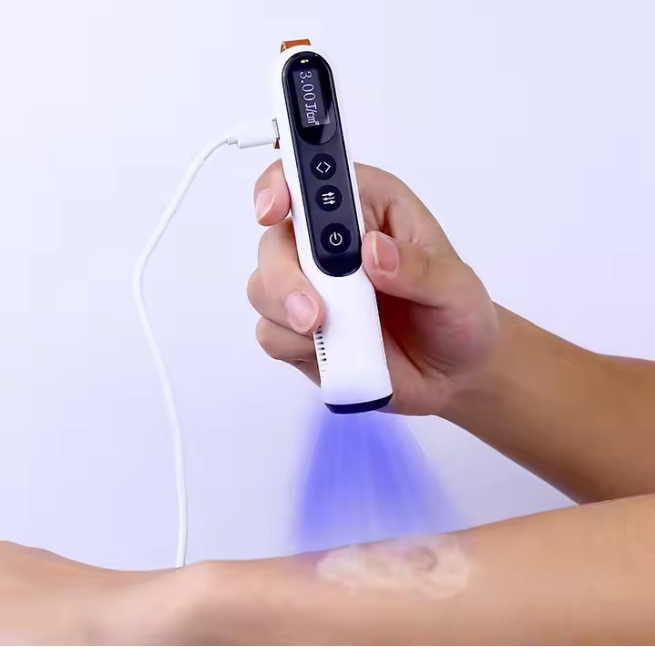Understanding UV Light Therapy: A Key Treatment for Vitiligo
10/22/20242 min read
What is Vitiligo?
Vitiligo is a skin condition characterized by the loss of pigment, resulting in white patches on the skin. This usually occurs when the melanin-producing cells, known as melanocytes, are destroyed. The exact cause of vitiligo is unknown, but it is believed to involve autoimmune factors, genetics, and environmental triggers.
The Role of UV Light Therapy in Treatment
UV light therapy has emerged as one of the most effective treatments for vitiligo. The therapy primarily utilizes ultraviolet B (UVB) light, which helps stimulate the production of melanin in the skin. By exposing the affected areas to controlled doses of UVB light, patients can experience repigmentation in these depigmented patches.
In addition to stimulating melanin production, UV light therapy can also aid in suppressing the immune response that may be attacking the melanocytes. This dual action makes it a crucial option for many patients seeking to manage their vitiligo effectively.
How is UV Light Therapy Administered?
Typically, UV light therapy for vitiligo is administered in a clinical setting under the supervision of a dermatologist. Treatment sessions usually last between 15 to 30 minutes, depending on the area being treated. Generally, patients undergo treatments two to three times a week.
Patients may also be asked to use a specially designed phototherapy device at home, providing flexibility and encouraging regular treatment. The duration of the overall treatment plan can vary, with many patients seeing improvement over several months. It's important to note that consistency is key to achieving optimal results.
Potential Side Effects and Considerations
Like any treatment, UV light therapy can have side effects. Some patients may experience redness, itching, or dryness in the treated areas. However, these effects are typically temporary and resolve quickly. Long-term effects of UV therapy can include an increased risk of skin cancer, so regular follow-ups with a healthcare provider are essential.
In conclusion, UV light therapy represents a scientifically backed approach to managing vitiligo. While results can vary depending on individual responses to treatment, many patients experience significant improvements. For those struggling with the emotional and physical challenges of vitiligo, understanding and considering UV light therapy could pave the way toward effective treatment and improved quality of life.
© 2024. All rights reserved.


